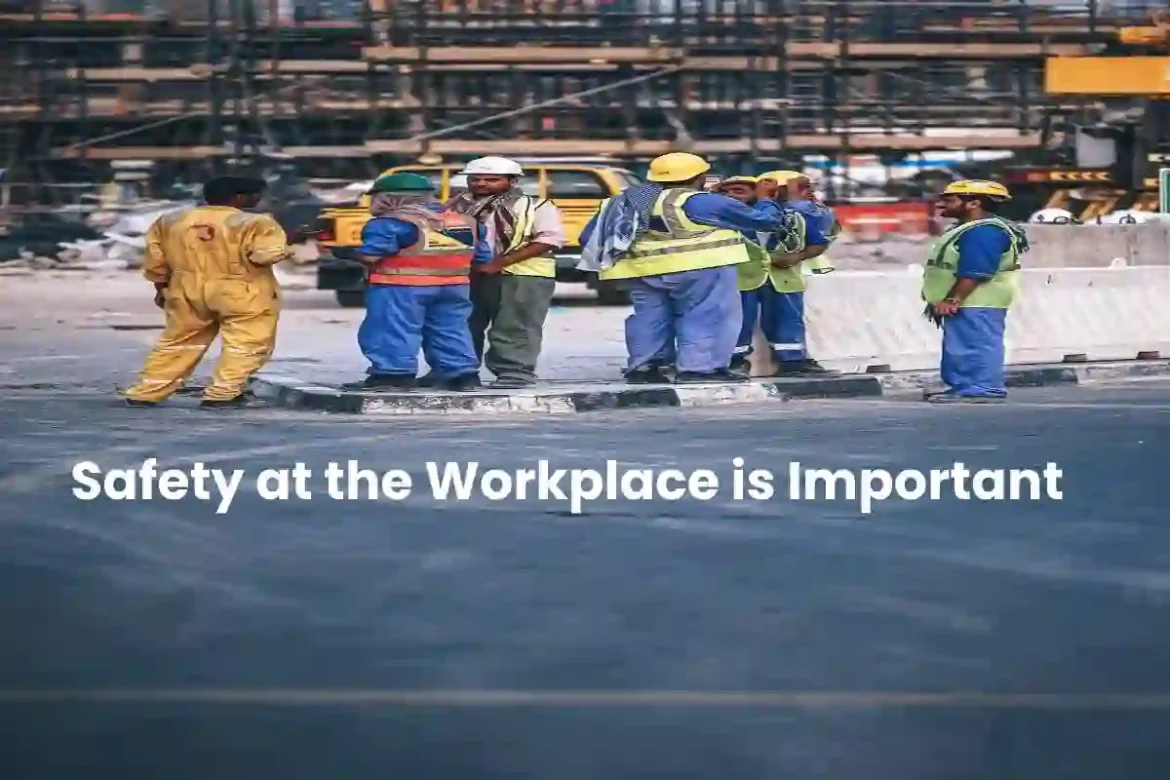Table of Contents
How to keep your workplace safe
Health and safety actions in the workplace are essential for both employers and employees’ well-being. As an employer, you have a legal accountability to provide a safe and secure work environment.
Hazardous working conditions put your workers at risk and reduce productivity and engagement. If your employees know that they safe against any unforeseen event or accident, they will feel safer and work more efficiently. As a result, the productivity of your SME could increase dramatically.
Why is safety in the workplace so important?
Occupational risk prevention is a factor that every company must consider in its policies, regardless of the activity in which it is engaged. Make sure that your employees work in an environment where they can safely and appropriately carry out their actions should be a company priority. Maintaining safe working conditions is of great importance because it protects your employees’ physical integrity and psychological and emotional.
As an entrepreneur, you can delegate some aspects of workplace safety, but you should monitor the process to ensure that everyone seriously treats the matter.
To avoid and take care of your employees from occupational hazards, you must carry out safety assessments in the workplace and control all possible threats related to your SME production process.
Steps to ensure safety at work
Carry out risk assessments. The first thing to improve workplace safety is to identify potential risks and problems. After that, you must implement sensible measures to control the risks and prevent any harm.
Create a checklist to analyze potential hazards. Make lists to ensure that all relevant issues get formulated and discussed and encourage a creative approach to risk assessment. The strategy needs to be continuously reviewed and updated.
Create a workplace health and safety plan. The company must make an initial evaluation and plan for the medium and long term. The assessment should establish common risks for all jobs (general review) and those specific to each task (assessment by job position). If you have different work centers, you must evaluate and plan for each of them.
A workplace safety plan should contain the following elements:
Objective: what is the procedure.
Scope: must include activities, processes, and jobs that will be affected.
Periodicity: the frequency with which the procedure (monthly, every six months, when hiring new workers, etc.).
Responsibility: the positions that will involve in carrying out the preventive action.
Methodology to follow the act: make reference to the procedures already available (provided by the prevention service or other sources).
Resources: You must quantify economic resources (cost of third-party prevention services, equipment acquisition, hours invested in staff training), materials (resources such as computers, meeting rooms or training to be used), and human (hours dedication of those responsible for the coordination and those accountable for the management, the commitment of managers to verify security conditions, etc.).



